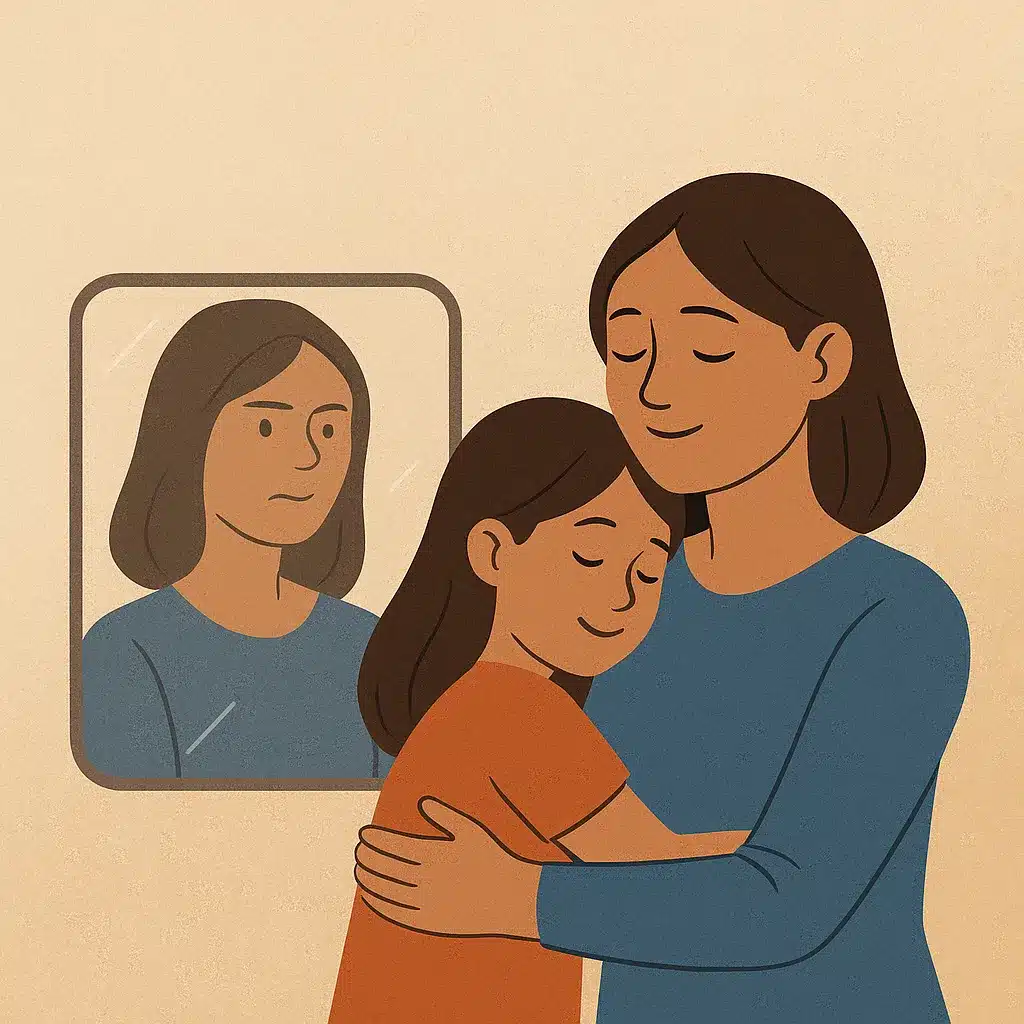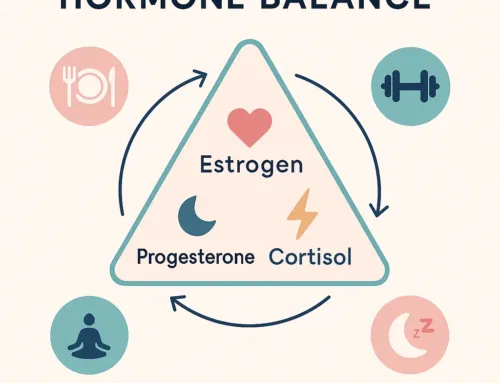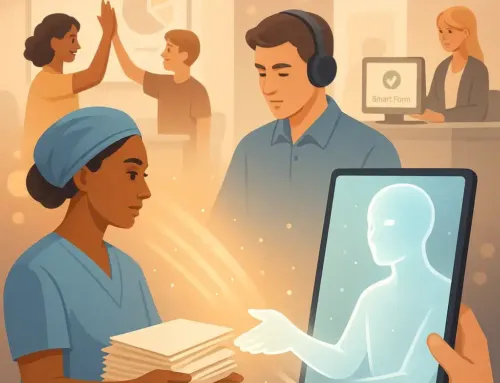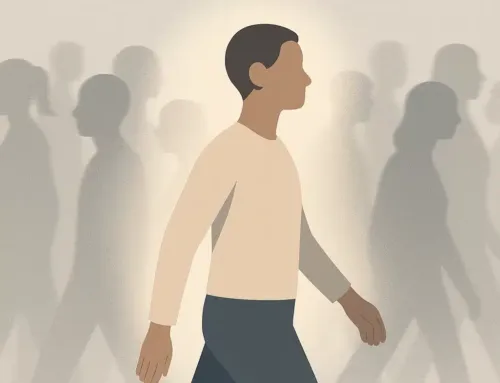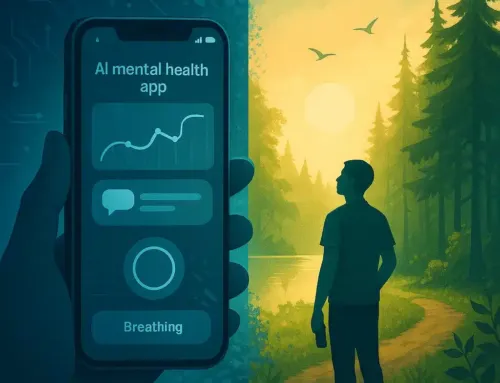
Approx. read time: 5.5 min.
Post: Parenting Without Guilt 6 Powerful Steps
Every parent has moments when they look in the mirror and wonder: Am I doing enough? Am I a bad parent? The instinct to protect our children from a complicated, sometimes harsh world is strong, but that doesn’t make us failures—it makes us human. The truth is, parenting is not about shielding children from every difficulty. It’s about equipping them with the tools, resilience, and confidence to face challenges while knowing they are deeply loved.
This guide explores how to step away from guilt, establish healthy boundaries, and create a supportive home environment where children can thrive. Let’s break down six key steps to help you practice parenting without guilt.
1. Stop Carrying the Whole Weight
Why It Matters
One of the biggest traps parents fall into is believing their child’s struggles are a direct reflection of their worth as a parent. When a child struggles academically, socially, or emotionally, parents often blame themselves: “I must have failed them.”
But children are influenced by more than just the home environment. Social media, school dynamics, friendships, genetics, and the larger culture all shape their experiences. No parent can control every factor.
How to Apply This
- Practice self-compassion. Remind yourself that struggle is not failure—it’s growth in disguise.
- Share responsibility. Teachers, mentors, coaches, and community leaders also shape your child’s development.
- Reframe mistakes. Instead of internalizing them as your fault, see them as opportunities for your child to learn problem-solving and resilience.
The reality is: your job isn’t to carry all the weight, but to walk alongside your child as they carry their own.
2. Boundaries vs. Control
Why It Matters
There’s a critical difference between boundaries and control in parenting. Boundaries create safety and structure, while control undermines trust and independence.
Boundaries Look Like
- “No phones in bedrooms at night because sleep is important.”
- “We treat each other with respect, even when we’re upset.”
Control Looks Like
- Reading every message on your child’s phone.
- Micromanaging homework to the point that the child never learns accountability.
When children feel controlled, they either rebel or withdraw. When they experience healthy boundaries, they learn self-discipline and responsibility.
Key Distinction
Boundaries = teaching.
Control = taking over.
The first empowers. The second suffocates.
3. Balance Protection With Preparation
Why It Matters
Every parent wants to protect their child from pain. But the truth is, overprotection can actually hurt them in the long run. When children don’t experience failure or hardship, they miss out on building resilience—the ability to bounce back from difficulties.
How to Apply This
- Allow safe stumbles. If your child forgets their homework, let the natural consequence (a missed grade) teach the lesson.
- Teach coping skills. Show them breathing exercises, journaling, problem-solving steps, or how to ask for help.
- Resist the urge to rescue. Sit with them in disappointment or frustration before jumping in to fix things.
By preparing instead of overprotecting, you’re teaching your child: “You’re strong enough to face hard things—and I’ll support you as you learn.”
4. Separate Their Identity From Yours
Why It Matters
It’s easy to see your child’s achievements or failures as a mirror of your parenting. But your child is not your reflection. They are their own person, with unique strengths, struggles, and paths to walk.
How to Apply This
- Detach your worth. Your child’s report card doesn’t define your parenting.
- Watch your language. Say: “This choice doesn’t line up with our family values,” instead of “You’re making me look bad.”
- Celebrate individuality. Value who they are becoming, not who you want them to be.
Parenting without guilt means recognizing that you guide, support, and influence—but you do not control your child’s entire identity or destiny.
5. Create a Home That Can Hold Adversity
Why It Matters
Children need a safe place to bring their struggles. Home should be a landing zone, not a courtroom. If kids fear judgment or constant correction, they’ll hide what they’re really going through.
How to Apply This
- Listen first. When your child shares something difficult, respond with: “That sounds tough. I’m glad you told me.”
- Normalize emotions. Teach that anger, sadness, and fear are signals—not something to be ashamed of.
- Model calm under pressure. Kids learn by watching. If you respond to conflict with calm and reason, they’ll learn to do the same.
The goal is to create a home that feels safe enough for your child to bring their full self—the good, the messy, and everything in between.
6. Boundaries for Parents, Too
Why It Matters
Parents often forget they need boundaries as well. Constantly running on empty makes it impossible to parent well. Self-care is not selfish—it’s what makes you more effective.
How to Apply This
- Take breaks without guilt. Even 10 minutes of quiet can reset your patience.
- Ask for help. Lean on friends, family, or professionals when needed.
- Redefine your role. You’re not a savior—you’re a guide. Your child’s journey is shared between them, you, and the world.
Remember: a healthy parent is the greatest gift you can give your child.
Parenting Without Guilt: A Quick-Reference Checklist
Do’s
- ✅ Practice self-compassion.
- ✅ Set clear, healthy boundaries.
- ✅ Allow safe mistakes.
- ✅ Encourage individuality.
- ✅ Listen before advising.
- ✅ Take care of yourself.
Don’ts
- 🚫 Carry every burden alone.
- 🚫 Control instead of guide.
- 🚫 Rescue from every struggle.
- 🚫 Tie your worth to your child’s outcomes.
- 🚫 Make home feel like a courtroom.
- 🚫 Burn yourself out.
Final Thoughts
You are not a bad parent for worrying about your child or wanting to protect them from the world. The real measure of parenting is not whether you prevent every hardship, but whether you equip your child with the resilience, confidence, and love they need to navigate life.
Parenting without guilt means stepping out of shame and into guidance. It’s knowing you can’t (and shouldn’t) do everything for your child, but you can do the most important thing: walk alongside them as they grow.
If you remember one thing, let it be this: Your role isn’t to shield your child from the world—it’s to prepare them for it, while reminding them they are never alone.


